Google Expands AI Mode with New Links and Web Guide Features
Google Expands AI Mode With Inline Links, Carousels, and Web Guide in August 2025
Google is once again reshaping the way we experience search. In August 2025, the tech giant announced new updates to its AI Mode, with a strong focus on improving source link visibility, transparency, and user trust—while also supporting publishers with better referral traffic opportunities.
Inline Links and Carousels Become a Key Feature

In a post shared on X (formerly Twitter), Robby Stein, VP of Product for Google Search, explained that Google has been experimenting with the placement and design of links inside AI Mode.
He revealed that the company’s long-term goal, or as he called it, the “north star,” is to bring more inline links directly inside the AI-generated text. These links appear naturally within the response, giving users better context and encouraging them to click.
Stein highlighted that people are far more likely to click on links when they clearly understand what the link is about before clicking—a move designed to make AI answers both more engaging and trustworthy.
Desktop Already Shows the Change
On desktop search, users may have already noticed link carousels appearing inside AI Mode. These are rows of clickable source links with short previews, displayed directly under or within AI responses. Google confirmed that the same feature will soon roll out to mobile devices as well.
Smarter Link Placement With Model Updates
Google has also released new AI model updates that determine where inline links should appear inside an answer. For example:
-
After a factual statement or statistic
-
When explaining a technical or uncommon term
-
Following a claim that benefits from extra context
This ensures users see links in the exact moment they are most likely to need them, improving both usability and credibility.
Web Guide: Organizing Links in a Smarter Way
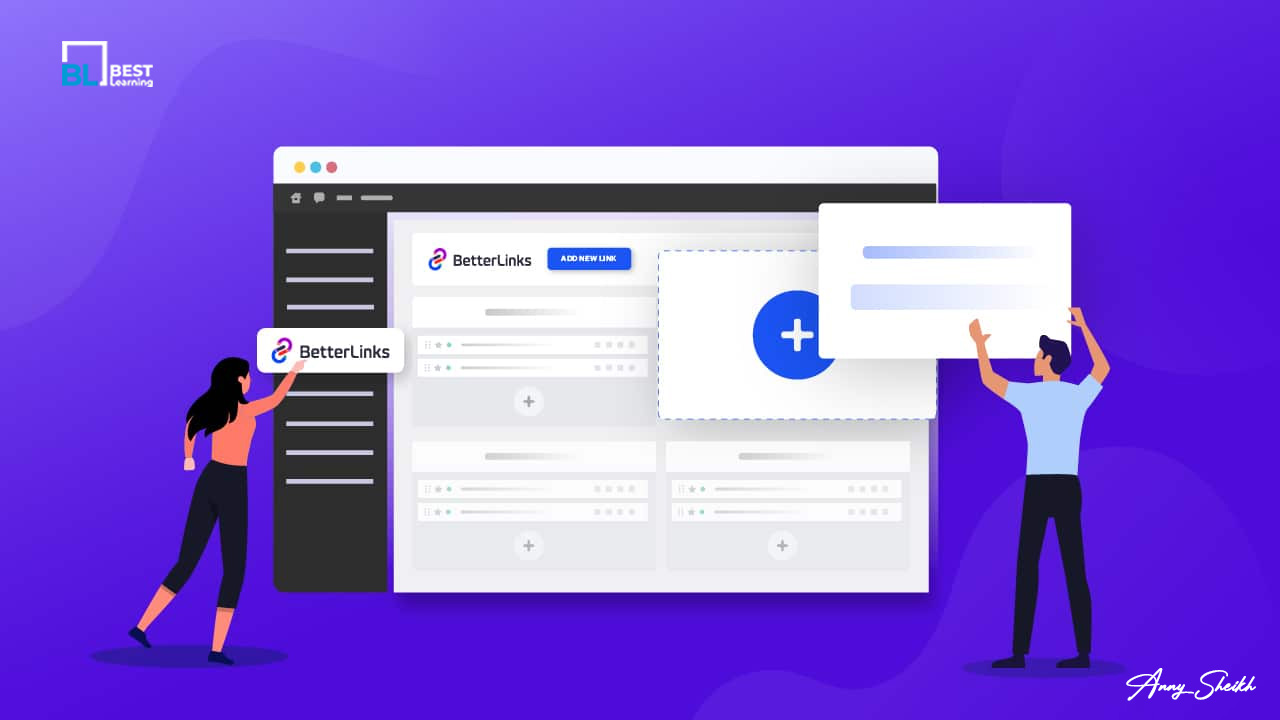
In addition to inline links, Google is introducing an experimental feature called Web Guide, currently available in Search Labs.
Web Guide groups related links together by topic, making it easier for users to dive deeper into specific areas of interest. For example, if you search for a broad subject like AI technology, Web Guide might present subtopics such as AI in healthcare, AI in education, or AI and business tools.
-
For now, Web Guide can be found on the “Web” tab.
-
Google has plans to expand it to the main “All” tab for users who have opted in.
This experiment could change how people explore topics, shifting search from a flat list of links to a more organized, layered discovery experience.
Why These Changes Matter
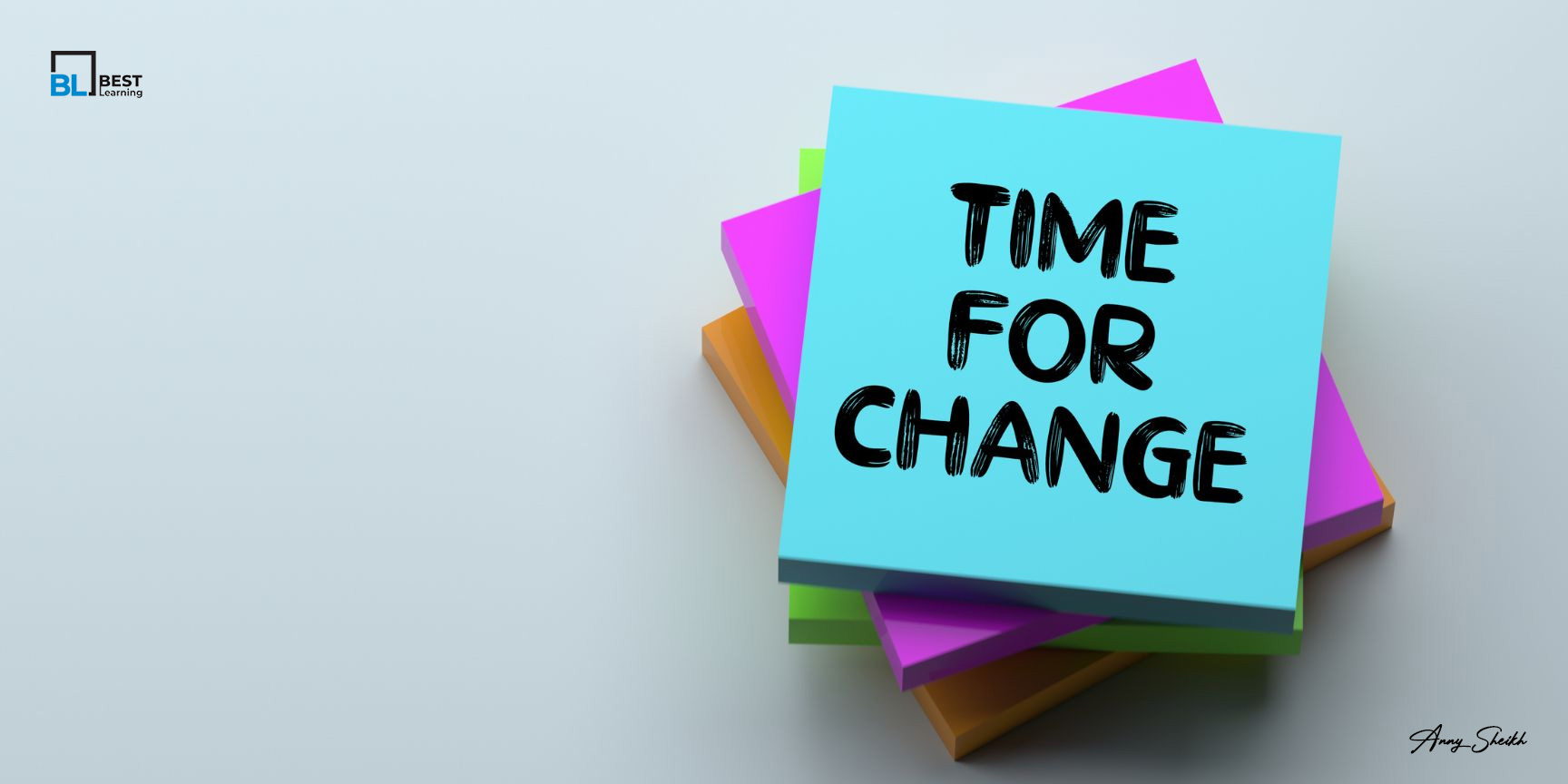
Google’s updates reflect a careful balancing act between:
-
Convenience for users: Fast, AI-driven summaries with relevant links placed at the right moment.
-
Support for publishers: More visible links mean more opportunities for content creators to attract traffic.
-
Trust and transparency: Users can see exactly where information comes from instead of guessing.
For publishers and SEO professionals, this is big news. If your content is cited inside AI Mode, it could receive higher visibility and a noticeable increase in referral traffic compared to traditional search snippets.
What’s Coming Next
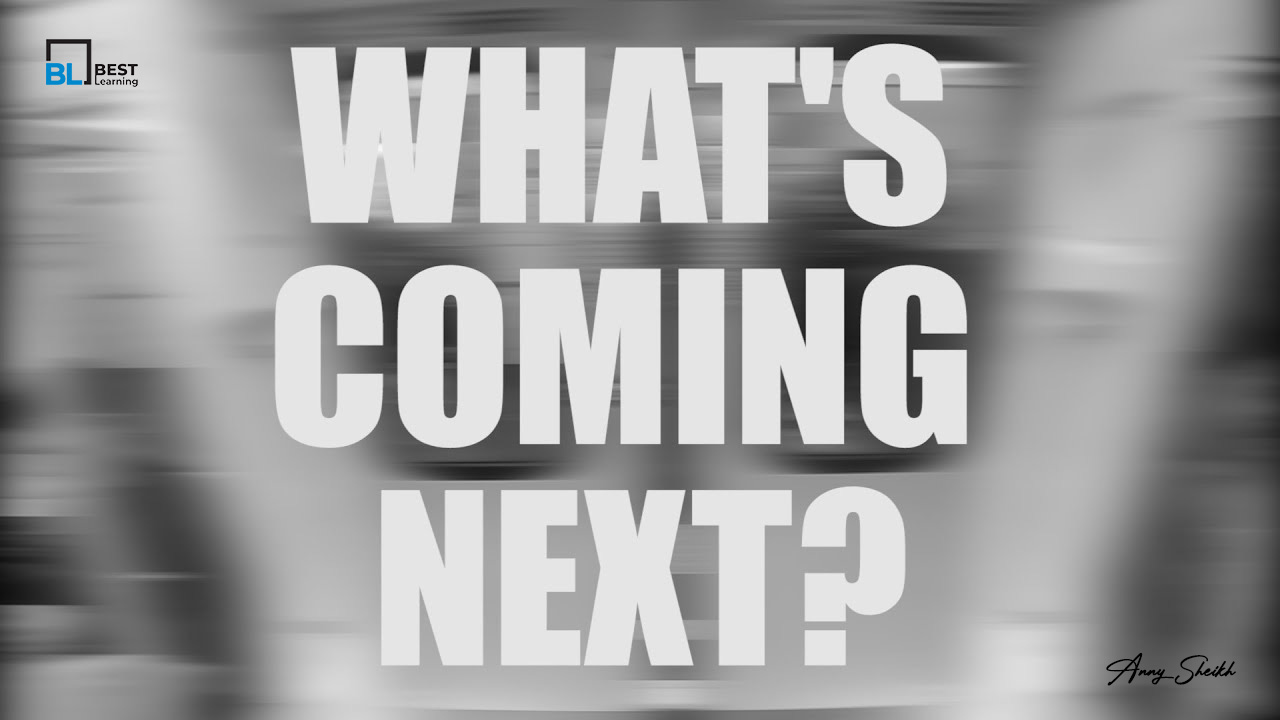
These updates are just the beginning. Expect Google to continue experimenting with:
-
Link density: How many inline links should appear in each response.
-
Placement styles: Whether links should be in-text, in carousels, or in grouped cards.
-
Labeling: Clearer indicators of where the information comes from.
Meanwhile, the Web Guide experiment could become a long-term feature that transforms how users navigate complex topics. Instead of scrolling through endless blue links, searchers may soon move through organized link groups powered by AI.
Final Thoughts
Google’s August 2025 changes to AI Mode show the company’s ongoing mission to blend AI convenience with human trust. For users, it means more context, clarity, and transparency. For publishers, it means greater chances to earn clicks inside an AI-first search environment.
As these features roll out more widely, the way we interact with search results may never look the same again.


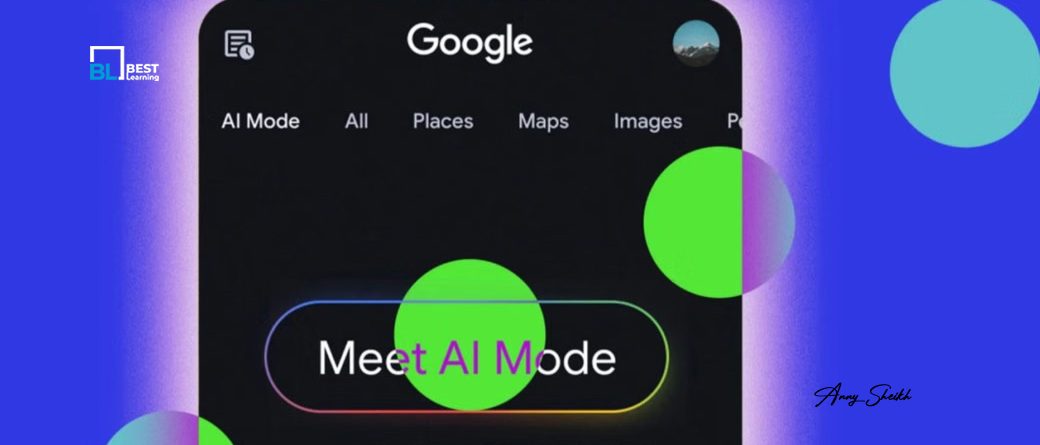




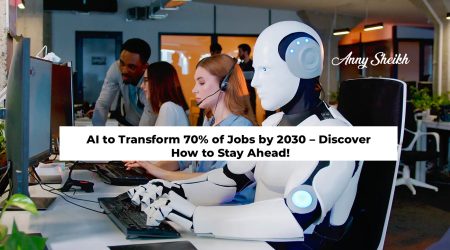




Leave a Reply